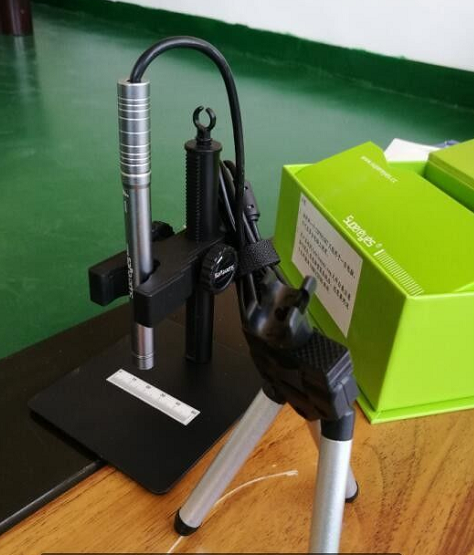- Product Catagory
- Tensile Strength Testing Machine
- Cables Flammability Testing Equipment
- Building Materials Flammability Testing Equipment
- Luggage Test Machine
- Textile Testing Equipment
- Color Fastness Instruments
- Textile Physical Test Instruments
- Lab Dyeing Instruments
- Flammability Test Chamber for Textile
- Consumables for Textile Testing
- Toys Safety Testing Equipment
- Physical & Mechanical Testing
- Flammability Testing
- Clamps for Toy Testing
- EN71-8,ISO8124-4
- Furniture Testing Machine
- Chair Testing Machine
- Mattress Testing Machine
- Furniture Testing Equipment
- Tables Test Machines
- Enviromental Chamber
- Leather and Footwear Testing Instruments
- Mobile Phone Testing Equipment
- Contact us
- Tel:86-769-23830463,86-13751491529
- Fax:86-769-38818154
- Contact:Ivy Xie
 [email protected]
[email protected] - Msn
 [email protected]
[email protected] Whatsapp +8613751491529
Whatsapp +8613751491529- Skype
 skylineinstruments
skylineinstruments happy_go_lucky4477
happy_go_lucky4477
- What is fabric density?
Fabric density refers to the number of warp and weft yarns arranged per unit length in the fabric. The number of warp yarns arranged in a unit length is "warp density", and the number of weft yarns arranged in a unit length is "weft density". If the warp and weft density is large, the fabric will be very tight, thick, stiff, wear-resistant, and firm; if the density is small, the fabric will be thin, soft, and breathable.
In the case of the same fiber raw material and weave structure, if the yarn fineness is the same, the fabric density will be higher and the fabric will be tighter; on the contrary, the fabric will be sparser; but when the yarn is linear density is different, the fabric density will not be practical. Reflects the tightness of the fabric. Therefore, to evaluate the tightness of the fabric, it is necessary to consider the comprehensive index of yarn linear density and fabric density at the same time - the fabric coverage factor.
The size of the fabric density has a great influence on the appearance, weight, feel, strength, thickness, wrinkle resistance, elasticity, abrasion resistance, water permeability, breathability, warmth retention, pilling resistance, and hooking resistance of the fabric. influences. Therefore, fabric density is also an important indicator for evaluating the intrinsic quality of fabrics.
Digital Fabric Pick Counter is used to determine the thread density of woven fabrics and loop density of knitted fabrics. Equipped with a portable high-precision camera to capture and magnify pictures of fabrics, the number of threads or loops on captured pictures can be counted easily on the screen of the computer by the software.

- [Close] [Print] Time:2022/7/5


